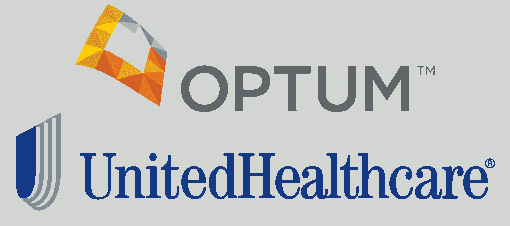UHC Optum – Cassandra is a key part of Event Streaming Platform
UHC Optum, a healthcare services company, utilizes Apache Cassandra as part of its technology infrastructure to support various aspects of its operations. Apache Cassandra is a highly scalable and distributed NoSQL database system that is designed to handle large volumes of data across multiple nodes, ensuring high availability and fault tolerance.
High Availability and Fault Tolerance: Healthcare systems, like UHC Optum, require robust data storage solutions with high availability and fault tolerance. Apache Cassandra is designed to provide continuous availability even in the face of hardware failures or network partitions. By replicating data across multiple nodes, Cassandra ensures that the system remains operational and data remains accessible, reducing the risk of downtime and data loss.
Event Streaming: Optum offers an internal, opinionated data cluster platform for distributed event streaming, key/value and inverted index on premises and in public cloud. It was built using distributed technologies like Apache Kafka, Apache Cassandra, and ElasticSearch; maintained by related platform automation and orchestration.
Scalability: UHC Optum deals with a massive volume of healthcare data, which demands a scalable infrastructure. Apache Cassandra’s distributed nature allows UHC Optum to scale its database horizontally by adding more nodes to the cluster as data grows. This flexibility enables UHC Optum to accommodate increasing data loads without sacrificing performance or availability.
Multi-Data Center Replication: UHC Optum may operate across multiple data centers or geographies to ensure redundancy and disaster recovery. Apache Cassandra supports multi-data center replication, allowing UHC Optum to replicate data across different locations. This feature enhances data availability and provides resilience against data center failures or regional outages.
Overall, by leveraging Apache Cassandra, UHC Optum benefits from a scalable, highly available, and fault-tolerant database solution, enabling them to manage and analyze vast amounts of healthcare data efficiently.




